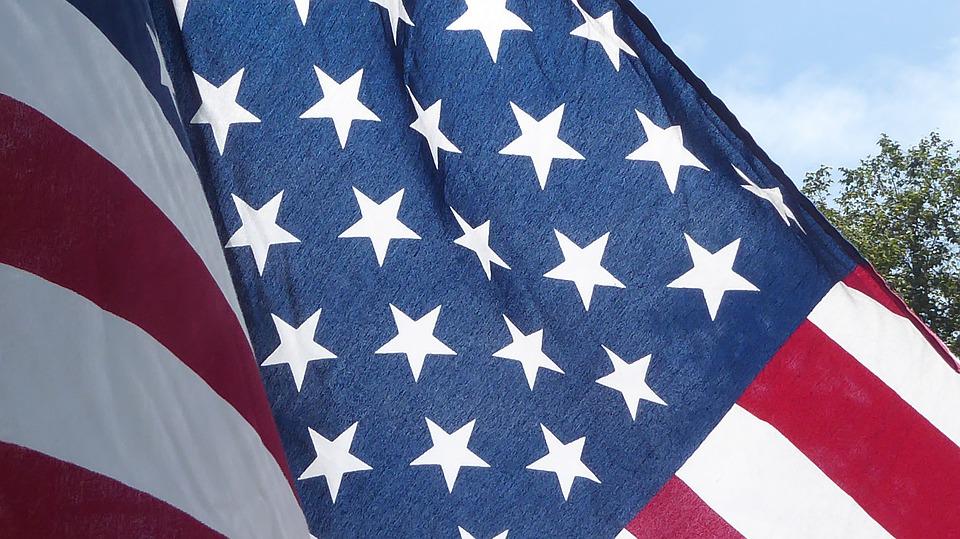Commenters sometimes tell us that we should not be working for statehood just for Puerto Rico. We should include Guam, they say, and the Virgin Islands, and all the other territories. We should work for statehood for all the territories at once.
We have some reasons not to choose this path.
Puerto Rico is not the only U.S. territory
The United States has five inhabited territories: Puerto Rico, Guam, the Northern Mariana Islands, the U.S. Virgin Islands, and American Samoa.
The U.S. also has nine uninhabited territories: Baker Island, Howland Island, Jarvis Island, Johnston Atoll, Kingman Reef, Midway Islands, Navassa Island, Palmyra Atoll, and Wake Island. The U.S. also claims Bajo Nuevo Bank and Serranilla Bank, although there are other claims on those two islands. An international court ruled in 2012 that Colombia owns these two, but Nicaragua, Jamaica, and Honduras have also claimed them. The U.S. does not recognize other claims.
Uninhabited spaces cannot become states, but all five of the other territories could become states. However, there are obstacles.
Population requirements
There is no official population requirement to become a state, but traditionally 60,000 has been the smallest population allowed. Some territories in the past have fudged their numbers (both Colorado, which included all the transient mineworkers to hit its target, and Arkansas, which just lied, are examples), but no territory with an officially smaller population than 60,000 has become a state.
Neither American Samoa nor the Northern Mariana Islands has a population of 60,000. Guam and the U.S. Virgin Islands both have over 60,000 residents.
The Northern Mariana Islands have proposed uniting with Guam to become a state, but Guam refused in 1969 (Arizona and New Mexico went through similar conflicts).
Citizenship
People from American Samoa are not citizens of the United States. They are nationals of the United States. One of the reasons for this is that American Samoa has complex rules about land based on heritage. Under the U.S. Constitution, it is illegal to limit land ownership based on someone’s heritage. American Samoa therefore does not want to be under the U.S. Constitution, and does not choose U.S. Citizenship.
All the other inhabited territories are inhabited by U.S. citizens.
Self-determination
Puerto Rico has voted for statehood three times. The majority of the people living in Puerto Rico want statehood. This is not currently true for the other territories.
The U.S. Virgin Islands voted on their status in 1993, and the majority voted in favor of continuing as a territory. Like Puerto Rico, the U.S. Virgin Islands had only a small minority of voters (less than 5%) in favor of independence. The results might be different now, but there has not been another status vote.
Guam has not held a status vote. They have a Commission on Decolonization and they have a statehood movement, but it is not clear that the people of Guam want statehood
It is clear that Puerto Rico wants statehood. Statehood is the only way to ensure equal rights under the U.S. Constitution. It is the only status that guarantees U.S. citizenship. Let your representatives in Congress know that it is time to admit Puerto Rico as a state.








No responses yet